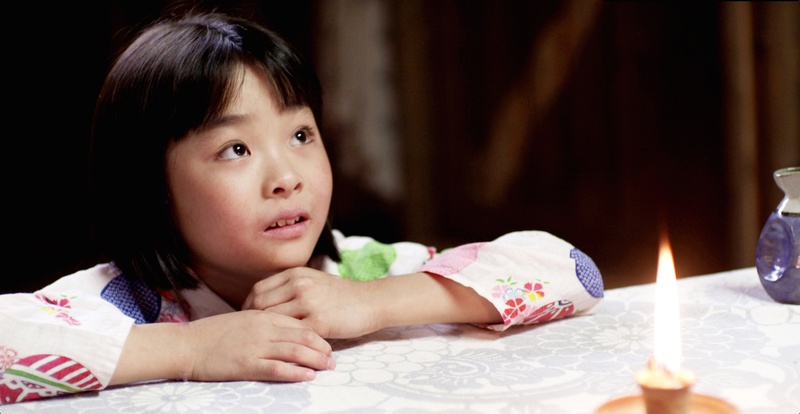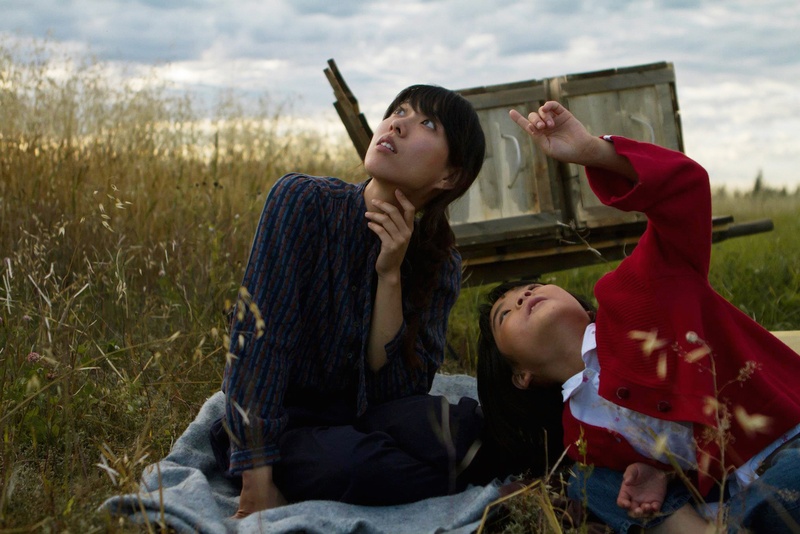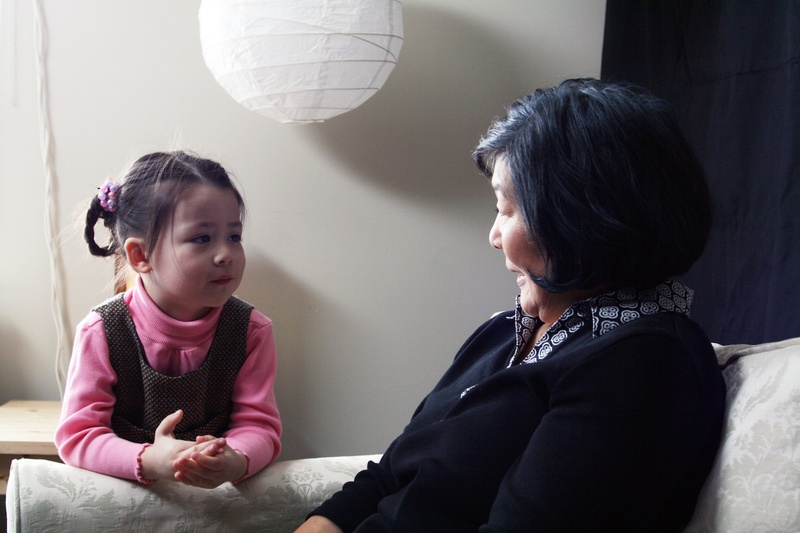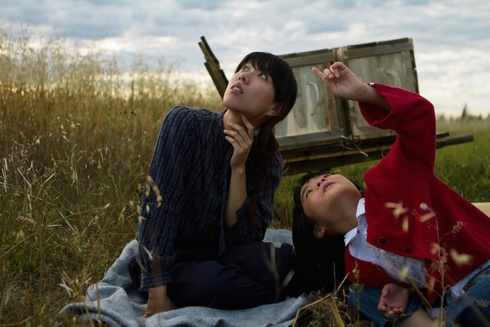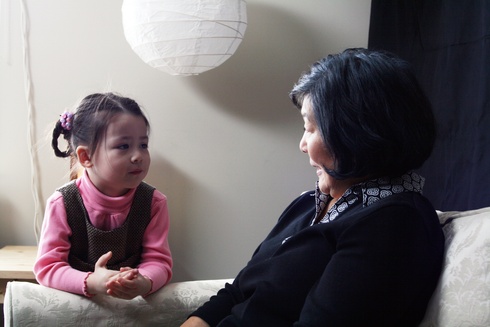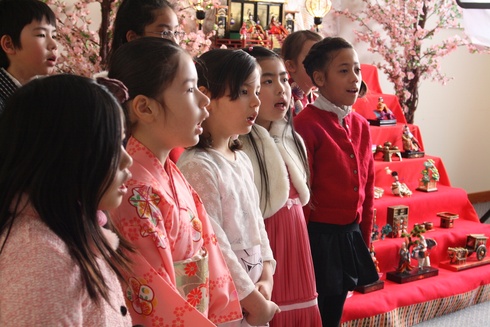“It’s 1935. A Japanese family making their start in Canada receives a special gift from the country they left behind—a beautiful set of Hina dolls.”
And so begins Reiko’s Hina Dolls, written and directed by Komaki Matsui.
Matsui, who was born and raised in Aichi prefecture in Japan, began her career as a writer. She landed a position as a magazine editor soon after graduating from university in Japan. It was during this time that Michael Moore’s Bowling for Columbine had come out. “I was shocked by his very opinionated documentary style and thought I wanted to make movies, too,” Matsui says. So, she decided to step away from her career at the magazine and forge ahead on a path to making movies.
Her first stop was working at a film school where she translated classes for an American film director. Following the director’s advice to attend Los Angeles City College because it’s a “humble, yet hands-on film school,” Matsui decided to make the big move to the U.S. in 2004.
It was Yumiko Hoyano, a family friend who lived in Edmonton, Canada, who introduced the story of the Hina dolls to Matsui. They hit it off immediately as Hoyano told her, “Let’s be friends; I’m married to a Nikkei person too." A kinship was formed and Matsui believes Hoyano wanted to, “help (her) go through life as an immigrant Ijusha (postwar immigrant) and learn about Nikkei in North America.”
So, the story goes like this: One day in 2005, Hoyano was at the Edmonton Japanese Community Association (EJCA) when a woman stopped by to donate a set of Hina dolls. The woman was never identified. A backstory for the Hina dolls was never provided.
When Matsui heard the story, despite its holes and scant information, but ever the filmmaker, she easily imagined the Hina dolls and the interaction between mother and daughter. "We (she and Hoyano) were both from Japan and knew the importance of the dolls," she says. The idea of creating a film that bridged the first generation Japanese with the second generation Japanese was then formed.
Since Japanese Canadian history was a topic unfamiliar to Matsui, Hoyano was invaluable throughout the filmmaking process as she supplied insight about the story and, equally important, the historical aspect of racism in Canada during World War II. Sadly, Hoyano passed away last year. But with that comes a ray of light. “Now, I think this movie was a special gift that she left to us and me,” Matsui says.
It is a Japanese custom to display Hina dolls on an altar each year on March 3rd to simultaneously celebrate the Doll Festival (Hinamatsuri) and Girls’ Day. A long-practiced tradition, Matsui remembers the Hina dolls from her childhood. “The dolls were displayed in my home in a dark ozashiki, which is a tatami room for guests," she explains. "The dolls always looked dignified and a little scary with their pale faces. My mother explained the meaning of the dolls and their furniture."
This coming March 3rd will mark a pointed and heartwarming occasion for Matsui as she celebrates Hinamatsuri with her two daughters for the very first time—she gave birth to triplets, two girls and one boy, last summer! “I will enjoy Hinamatsuri with them as a seasonal and cultural event,” she says.
Reiko’s Hina Dolls is a story of a Japanese tradition being embraced under the acrid smoke of war. It is part history, part culture. Matsui affirms the significance and symbolism of the film. “I wanted to leave a message of hope with the audience," she says. "In the movie, Reiko (fictitious name of the mystery woman) did not talk about her experience. But I wanted to respect her small act of passing the dolls to the next generation. She didn’t give up and in the end, her contribution was more meaningful than she knew.”
Please join us for a film screening of Reiko’s Hina Dolls on Saturday, March 7, 2015 at 2 p.m. at the Japanese American National Museum.
Free with museum admission.
For more details >>
© 2015 Japanese American National Museum


